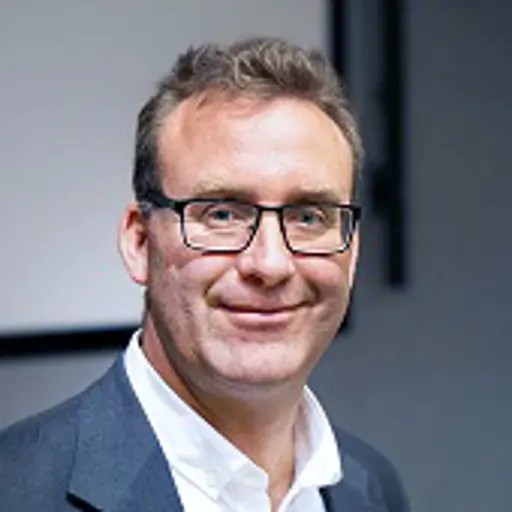What will product development look like in 2040, and what part will the engineer play? In a report, authored by researchers Prof Ola Isakson from Chalmers and Prof Claudia Eckert from the Open University, over twenty representatives from leading companies and academia give their view on the future of product development.
Even though new technology is often hyped up, there are clearly visible trends - both in society and technology - that will change the way products are developed, manufactured and consumed. The report Product development in 2040 is based on interviews and a workshop with experienced European engineers across Europe.
Companies will become solution providers rather than manufacturers. Greater emphasis will lie on integrated systems where products can fulfil many needs. A car battery can for example be used for energy storage, but have the car and battery been designed to be used in this way? Modularization will play an important role to meet the needs of different applications and users. Digitalization will permeate every part of our lives and as products are becoming more connected a systems approach becomes even more important. Products will be to some extent cyber-physical systems based on an open architecture, which enables and requires both continuous product development. The means of design will shift significantly, in particular when considering how technological aids can be utilized.
Who should read this report and why?
— We can see that many of technological trends now are coming together. For the industry it is important to be aware of how these likely changes play out in the long run so that they can use the full potential and adapt their recruiting and business models. As a researcher it is important to be able to develop relevant tools and methods, and educators must be ready to put the necessary skills in place. Digital literacy will become a key factor with enormous importance, and I fear that there will be a competence shortage in this area, says Claudia Eckert.
What will be the major changes in product development?
– It’s not about the development of one or two new groundbreaking technologies. It’s about the integration of many different technologies into a coherent system, and designers will be in the focus to make this happen, says Ola Isaksson.
– The report covers many aspects of product development, but I would like to mention how additive manufacturing will probably break up the way supply chain is working today. There will also be a mixture of modern and old systems that are being kept alive because we don’t have the resources to replace them due to environmental reasons, says Claudia Eckert.
– There are evidence and incentives for a shift from linear to circular economy. Governments stimulate this change and the market behavior expect these changes and seek to satisfy and maturing the new technologies. The exact pace of this shift will depend on the pressure from society and companies’ ability to adapt into new business models, says Ola Isaksson.
What will the engineering profession look like in 2040?
– We can see that there is a major trend of diminishing boundaries between the engineering disciplines, and a greater need for mathematical and statistical skills. Generalists are more likely to stay within the same company while specialist expertise is bought on demand, says Claudia.
– There will be a need for both generalists and specialists, but engineers must be better systems thinkers. I think that the key question is how we can use deep specialist knowledge to create an overall effect, says Ola.
Read the full report
The report can be downloaded here: https://www.designsociety.org/publication/43268/Product+Development+2040
The authors
Ola Isaksson is professor in Product Development and leader of the Systems Engineering Design research group at Chalmers University of Technology.
Claudia Eckert has been Professor of Design at the Open University since 2013.
Funding and support
This research was supported by a project funded by eSTEeM – The OU centre for STEM pedagogy, Project Reference 18E-CE-EI-01’ and Chalmers University of Techn
- Vice styrkeområdesledare, Production
